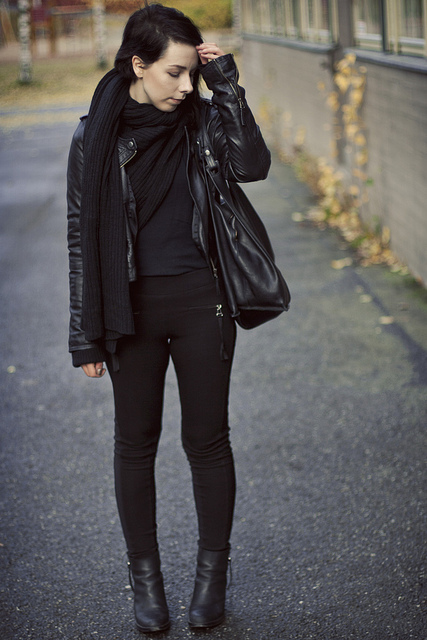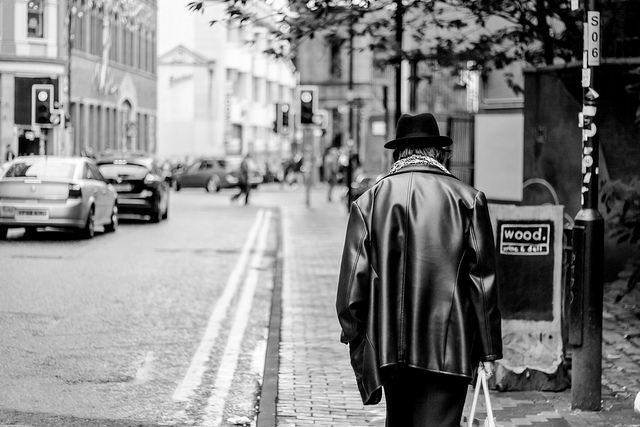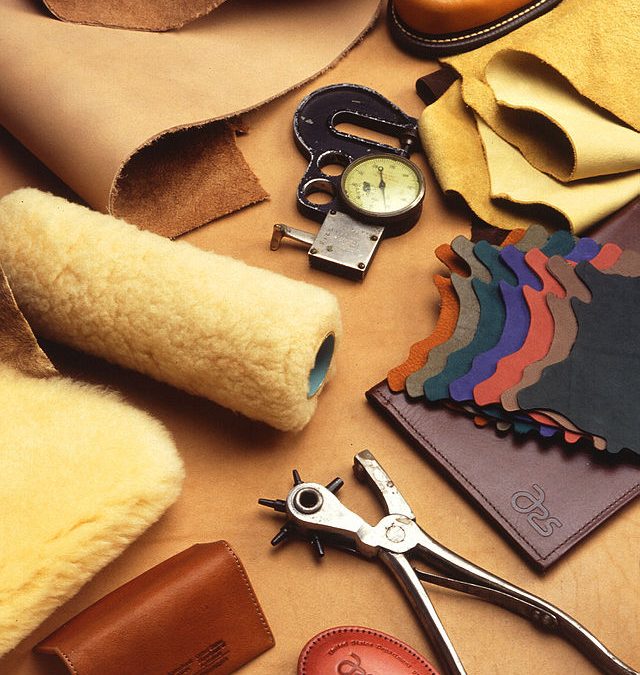
by Leather | Leather Care, Leather Jackets |
There are many reasons why people choose leather in the construction and manufacturing of products over other materials. You’ll find it’s commonly used in furniture, backpacks, car seats, office chairs, jackets, apparel, belts and countless other items. Lets take a closer look at all of the benefits leather has. Durability and Strength When you compare it to other materials, there’s simply nothing else that’s as strong or durable as leather. While there are many different types of leather, as well as various tanning methods, all natural leather is made from the hide of an animal (usually a cow). Because it’s made from the hide of an animal, you can expect leather to be extremely durable and able to withstand much tension without tearing or ripping. There’s no denying the fact that leather is one of the longest-lasting materials on the market. With little care and attention, you can still expect leather to last for 10 or more years without showing any signs of deterioration. On the other hand, cotton, wool or denim will almost certainly show some signs of damage after a decade of wear and use. Repels Dirt, Dust and Debris Naturally, leather doesn’t absorb or attract any dust or debris. In fact, it actually does the opposite by repelling these things. If you find your leather getting dusty over time, just take a cloth or lint-free towel and wipe it down. Ease of Cleaning If you’ve ever owned anything that’s made with leather, then you’re probably aware of how easy it is to clean it. Always read the care label on your leather products before attempting to...

by Leather | Leather Care, Leather Jackets |
It’s a little-known fact that humidity (or lack thereof) can affect the quality of leather. Whether it’s a jacket, handbag, belt, wallet, pants, or even a piece of furniture, airborne water vapor can take a toll on leather. To learn more about this phenomenon and how you can protect your leather goods from humidity-related damage, keep reading. What The Heck is Humidity? Humidity is the measurement of moisture vapor in the air. Although you can’t see it — not with the naked eye, at least — water is all around us in the form of moisture vapor. A “normal” amount would be approximately 30-40% relative humidity (RH). This indicates the air contains a moderate amount of moisture vapor — not to dry, but not overly saturated. Leather and Humidity The problem with humidity and leather is that leather is extremely porous, containing thousands upon thousands of microscopic holes. These holes, which are found on the surface of leather, absorb moisture from the surrounding air. So when leather is exposed to a humid environment, it absorbs a significant amount of airborne moisture vapor. The good news is that leather is designed to absorb moisture from its surroundings. Therefore, exposure to moderate humidity levels shouldn’t cause any problems. On the contrary, it will actually prove beneficial, as it keeps the leather soft and comfortable. When leather is exposed to high-humid environments, however, it can cause it to rot. This isn’t something that happens overnight, but leaving a leather product in a humid environment for days or weeks on end will eventually cause damage. But low humidity can prove equally as damaging...
by Leather | Leather Jackets |
Leather jackets offer a timeless look can be worn for any number of different occasions. Whether you’re going out for a night on the town or just doing some errands, it’s sure to keep you looking your best. While some fashion trends come and go, you can rest assured knowing that leather is here to stay. However, one of the problems faced with owners of leather jackets is having it dry out to the point where it’s no longer wearable. It usually doesn’t happen overnight, but after years of use the leather will slowly dry out and begin to crack. If you own a leather jacket or are thinking of owning one, keep reading and we’ll reveal some simple steps to making it soft. Before we start, it’s important to realize what causes leather to dry out. The fact is that leather is made of porous animal hide that naturally absorbs moisture in the surrounding air. When it’s skinned and tanned, the pores are still on the hide but they will slowly release their water content instead of absorbing it. You can expect some of the moisture from the leather to release without causing any problems, but too much will cause it to dry out. Apply Leather Conditioner The best all-around method for keeping your leather jacket soft is to apply a coat of leather conditioner to it once in a while. You can pick up this stuff at most leather stores, shoe stores and even places like Wal-Mart and Target. Read the instructions carefully to determine the proper application. Typically, you’ll want to place a small amount of...

by Leather | Leather Care |
If you’ve done any research into the different types of leather, you’ve probably come across full-gram, half-grain, and the lesser-known “corrected” grain. Full-grain is arguably the most popular, as it’s characterized by a smooth, luxurious surface with few-to-no flaws. Of course, it’s also the most expensive type of leather, making it less appealing to budget-conscious consumers. But what in the world is corrected grain leather? Corrected grain is a special type of leather that’s been fixed, or corrected, by a professional leatherworker to improve its aesthetics and functional qualities. If a leather worker deems a piece of leather as having too many flaws, it’s used as corrected leather instead of full-grain. The leatherworker will attempt to remove as many of these flaws as possible before using the material in a product. When the flaws are removed, the material is dubbed “corrected grain,” at which point it’s used in the production of a jacket, handbag, shoes, belt, furniture, etc. Physical properties of this leather For a better understanding of corrected grain, you must first look at the physical qualities of leather. Normally, leather has a rough, almost sandpaper-like grain on the surface (to a lesser degree, of course). This helps to create its appealing characteristics. With corrected grain, however, the leather grain’s is below the necessary standards for the leatherworker to use it as a full-grain. Instead of throwing it away, however, the leatherworker removes the flawed grain on the surface and replaces it with an artificial grain. The exact process for this varies depending on the leatherworker’s preferences. There are both advantages and disadvantages to choosing corrected grain leather....





Recent Comments